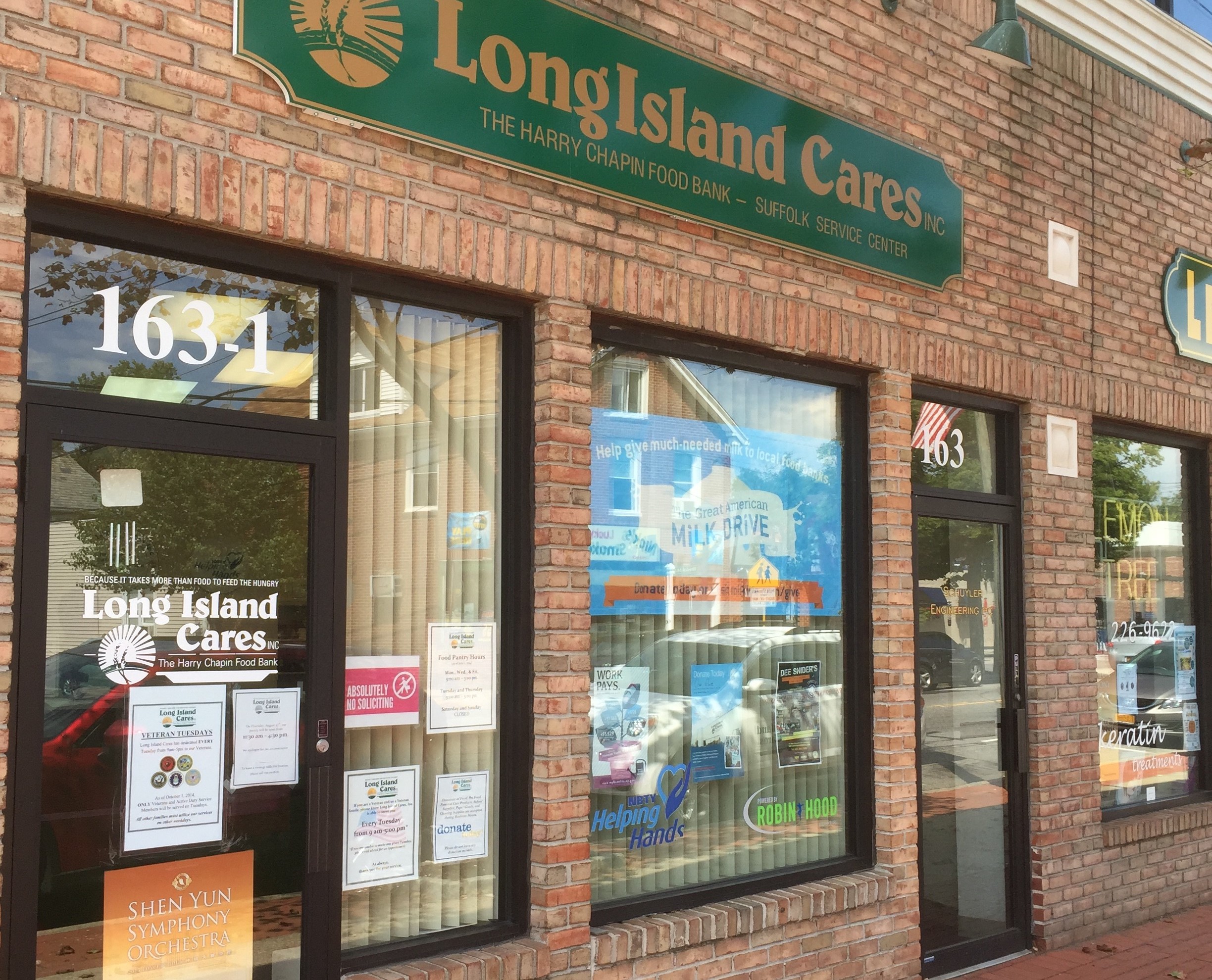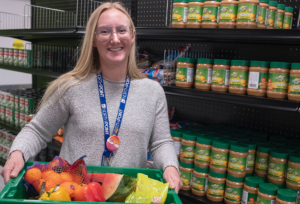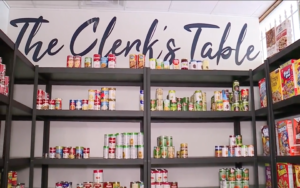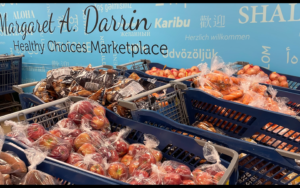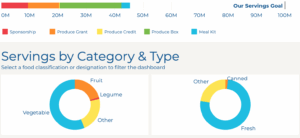Over the past year or so, a growing number of food banks have experimented with opening one or two of their own food pantries as a way of expanding capacity. It’s a strategy that Long Island Cares has been pursuing with success for more than a decade.
This month, the Hauppauge, NY-based food bank is opening its sixth satellite location, adding to a network of outlets that it has owned and operated since 2010, said Paule T. Pachter, CEO. To his knowledge, his food bank is the only one in the Feeding America organization to operate such an extensive network of outlets bearing its own name.
“I’m actually surprised that more food banks have not gone into the pantry business,” Pachter said.
Some are just starting to get into it, with food banks including East Texas Food Bank and Care and Share Food Bank for Southern Colorado opening their own model food pantries this spring. Others have been at it a little longer, including Atlanta Community Food Bank with its high-capacity Community Food Center and Greater Boston Food Bank with its “best-in-class” Mystic Community Market.

Operating its own outlets has worked out well for Long Island Cares, helping it to bolster its presence in the community, while also addressing issues related to capacity, accessibility and the root causes of hunger. In addition to offering supermarket-style access to food, each outlet has at least two conference rooms that serve as community hubs. On any given day, allied organizations in health, housing or literacy may use the space to do things like teach English or help people fill out applications for SNAP.
“It’s a more comprehensive, coordinated approach to food insecurity that’s focused primarily on root causes,” Pachter said.
The push toward opening its own pantries came about during the Great Recession when Long Island Cares did not see as many people using its food assistance as it expected. A survey of its agency partners revealed that 80% would not increase their hours of operation in response to the growing need, even with support. Further, the 340 or so pantries in the network were open an average of only 2.5 days a week and 90% of their staff and volunteers were 75 years or older.
Figuring it was a good time to test the model, Long Island Cares opened its first pantry at its warehouse in Hauppauge and it “immediately took off,” Pachter said. “People were coming here because it was open five days per week.”
Located in high-profile areas with signage and storefronts, the food bank’s satellite pantries have proven to be a magnet for volunteers and donations. Monthly, 200 to 250 people bring food directly to the satellites, resulting in 8,000 pounds of food donated a month to the satellites, which stay in those locations.
The pantries are sustained through fundraising drawn from corporations, foundations and government. In some cases, donors get double billing on the retail signage, giving them welcome visibility in the community. “It’s an incredible way to brand with corporate supporters,” Pachter said.
The names of the satellite pantries reflect the fact that they offer more than food. One, for example, is called the Suffolk Service Center; another the Freeport Center for Collaborative Assistance. “There really is no stigma,” Pachter said. “If you walk by one of the satellites, you don’t see food, you see cubicles.”
Each satellite has one full-time staffer and another program staffer who rotates in on a weekly basis. An additional one or two volunteers usually round out the team. “They’re not that expensive to operate,” Pachter said of the satellites.
The satellite locations came in handy during the pandemic when a local municipality that received Cares Act funding was looking for a way to distribute food. In addition to the five locations it already had open, Long Island Cares worked with the town to establish 18 pop-up food distribution points, avoiding the need to do mass distributions in parking lots.
Pachter sees food bank-owned and -operated pantries only in positive terms. “If you’re looking to increase your brand awareness, enhance relationships with corporate donors and want to establish good will in the community, this is a model,” he said. — Chris Costanzo
Like what you’re reading?
Support Food Bank News